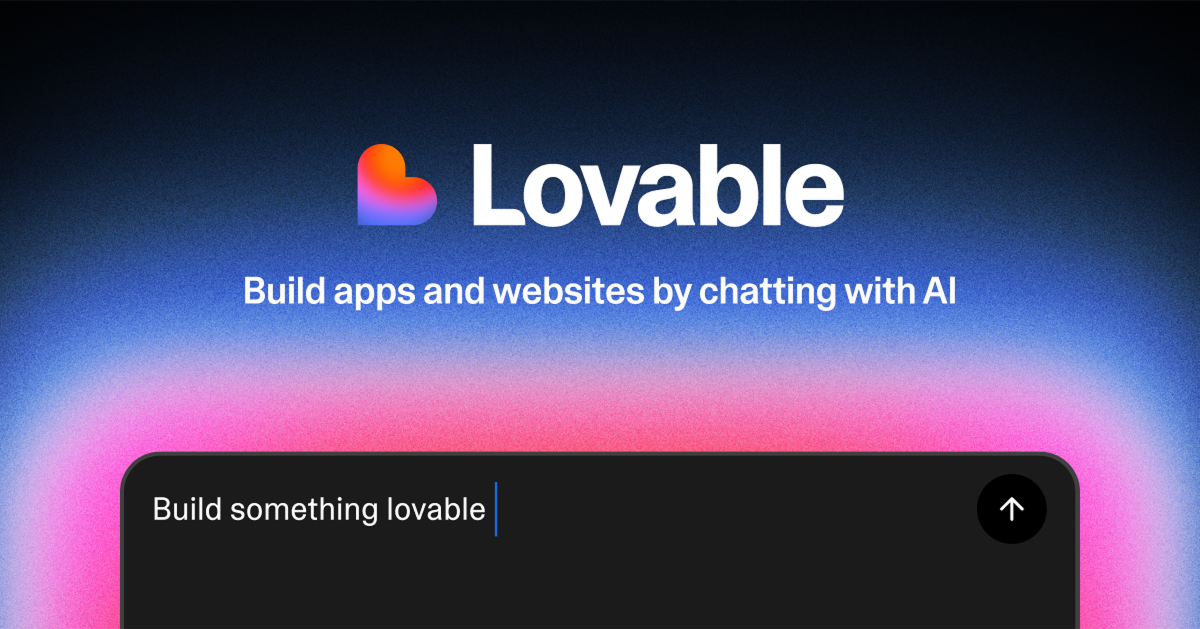Voice of Customer (VoC) tools provide organizations with the ability to gather and analyze customer feedback, enabling them to improve products, services, and overall customer experience.
As reported, 79% of organizations prioritize digital customer experience (CMSWire), making it essential to leverage the right tools in your strategy.
In this comprehensive guide, we’ll explore the top 10 voice of customer tools available in 2024.
Whether you’re a marketing professional seeking to enhance customer engagement or a business owner aiming for improved retention rates, this research-backed list has you covered.
Key Takeaways
- Enhanced Customer Insights: VoC tools help organizations gain real-time feedback, allowing for quick adjustments and improved experiences.
- Integration Capabilities: Many tools seamlessly integrate with existing CRM and analytics platforms, maximizing the value of customer data.
- AI and Machine Learning: The increasing use of AI in these tools provides deeper insights and predictive analytics, driving smarter business decisions.
Top 10 Picks for Voice of Customer Tools
- Medallia – Best for comprehensive customer experience management.
- Qualtrics CustomerXM – Best for detailed customer satisfaction analytics.
- SurveyMonkey – Best for user-friendly survey creation and feedback collection.
- InMoment – Best for real-time feedback processing and journey mapping.
- Clarabridge – Best for multi-channel feedback and AI-driven insights.
- Zonka Feedback – Best for cost-effective survey solutions.
- AskNicely – Best for NPS-focused feedback collection.
- CustomerGauge – Best for customer loyalty and retention insights.
- Sprinklr – Best for social listening and sentiment analysis.
- Forsta – Best for advanced analytics and predictive modeling.
How We Evaluated Voice of Customer Tools
The evaluation process for voice of customer tools focused on these key criteria:
- Functionality: Tools were assessed for their ability to collect and analyze feedback effectively.
- User Experience: The ease of use and accessibility of each tool was considered.
- Integration: How well each tool integrates with other platforms was examined.
- Scalability: We looked at how suitable each tool is for different business sizes and needs.
- Cost-Effectiveness: Pricing plans and value for money were analyzed.
The methodology included extensive testing, expert consultations, and careful online research to ensure we provide an accurate representation of each tool.
Voice of Customer Tools Comparison Table
| Software | Best For | Key Features | Pricing | Free Plan | Platforms Available |
|---|---|---|---|---|---|
| Medallia | Comprehensive CX management | Omni-channel data, custom reporting | Contact for pricing | No | Web, iOS, Android |
| Qualtrics | Customer satisfaction analytics | NPS, sentiment analysis | Contact for pricing | No | Web, iOS, Android |
| SurveyMonkey | User-friendly surveys | Custom templates, real-time reporting | Starting at $19/month | Yes | Web, iOS, Android |
| InMoment | Real-time feedback | Journey mapping, predictive analytics | Contact for pricing | No | Web, iOS, Android |
| Clarabridge | Multi-channel feedback | AI-driven analytics, sentiment analysis | Contact for pricing | No | Web, iOS, Android |
| Zonka Feedback | Cost-effective surveys | AI-powered creation, real-time reporting | Starting at $49/month | Yes | Web, iOS, Android |
| AskNicely | NPS-focused feedback | Customizable surveys, integrations | Contact for pricing | No | Web, iOS, Android |
| CustomerGauge | Customer loyalty insights | NPS measurement, real-time analytics | Contact for pricing | No | Web, iOS, Android |
| Sprinklr | Social listening | Sentiment analysis, multi-channel integration | Contact for pricing | No | Web, iOS, Android |
| Forsta | Advanced analytics | Multi-channel feedback, predictive modeling | Contact for pricing | No | Web, iOS, Android |
1. Medallia
Best for comprehensive customer experience management.
Medallia offers an extensive suite of features designed to capture and analyze customer feedback across multiple channels.
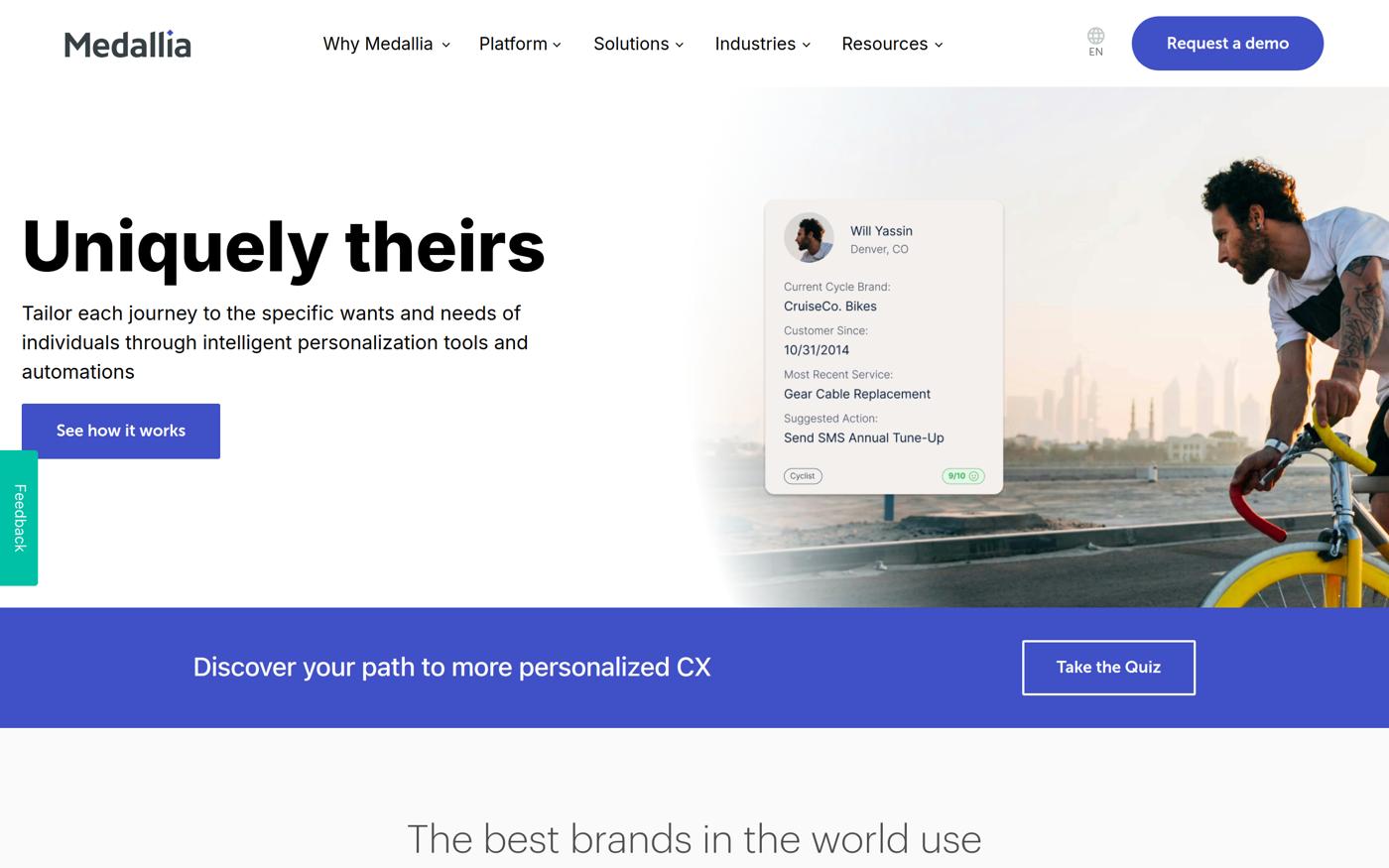
With capabilities such as omni-channel data collection and powerful text and speech analytics, Medallia enables organizations to gain real-time insights into customer behavior and sentiment.
This helps businesses enhance their customer experience by acting on feedback effectively.
Pros
- Comprehensive data collection across various channels.
- Strong integration capabilities with existing CRM systems.
- Custom reporting for tailored insights.
Cons
- Pricing can be a barrier for small businesses.
- May require training for optimal use due to its extensive features.
Key Features
- Omni-channel data collection: Capture feedback from various platforms in real-time.
- Powerful analytics: Use text and speech analytics to understand customer sentiment deeply.
- Custom reporting: Tailor reports to meet specific business needs.
Pricing
Medallia’s pricing is available upon request, ensuring tailored solutions for every organization. Visit the pricing page for more details.
2. Qualtrics CustomerXM
Best for detailed customer satisfaction analytics.
Qualtrics CustomerXM stands out for its robust analytics capabilities, enabling organizations to uncover trends and insights that matter.
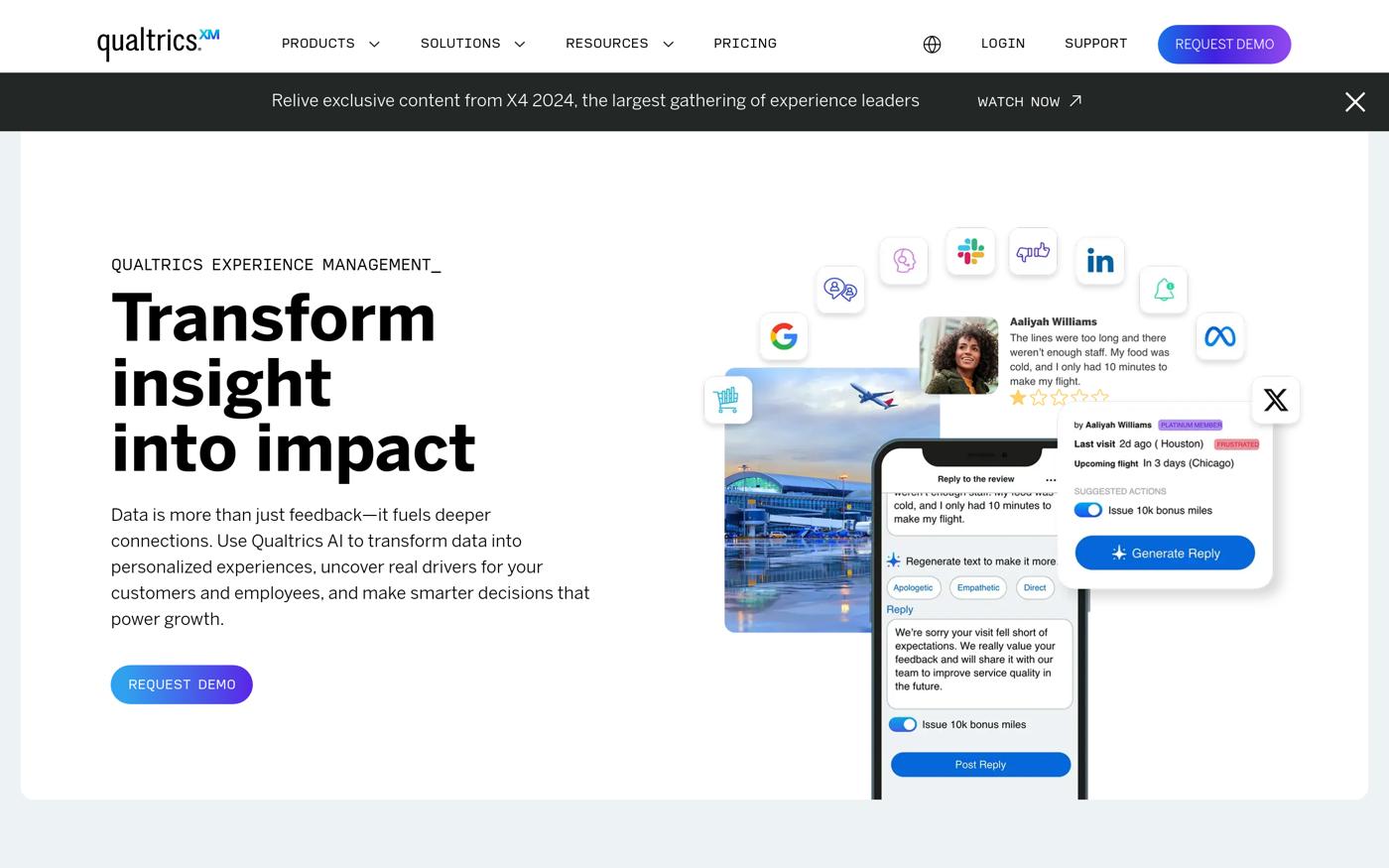
With tools focused on customer satisfaction surveys, NPS, and digital feedback channels, Qualtrics helps businesses make informed, data-driven decisions.
Pros
- Powerful analytics for uncovering customer trends.
- User-friendly interface for survey creation.
- Strong customer support.
Cons
- Some advanced features may be overwhelming for new users.
- Higher cost compared to simpler survey tools.
Key Features
- Customer satisfaction surveys: Easily create and distribute surveys to gather feedback.
- Sentiment analysis: Understand the underlying feelings of customers through advanced analytics.
- Automatic text tagging: Simplify feedback categorization for quicker insights.
Pricing
Qualtrics offers custom pricing based on organizational needs. For more information, check the pricing page.
3. SurveyMonkey
Best for user-friendly survey creation and feedback collection.
SurveyMonkey is one of the most recognizable names in survey tools, known for its intuitive design and ease of use.
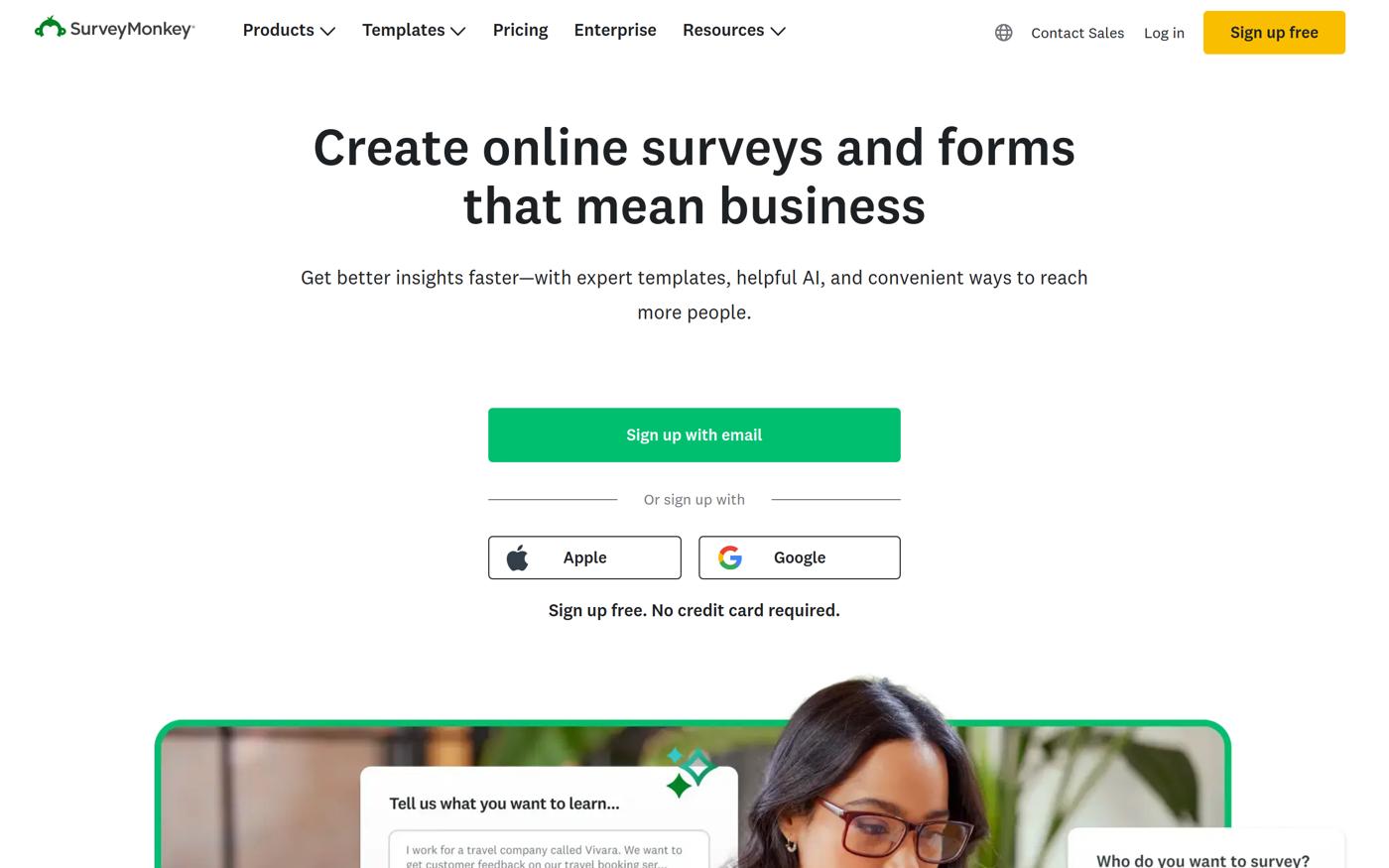
It allows organizations to create customizable surveys, collect feedback through multiple channels, and analyze results in real time.
Pros
- Easy to use with a wide variety of templates.
- Provides real-time reporting and analytics.
- Integrates well with other applications.
Cons
- Limited features in the free plan.
- Advanced analytics require a higher-tier subscription.
Key Features
- Customizable survey templates: Create surveys tailored to your brand and audience.
- Multi-channel feedback collection: Gather insights from different sources, including mobile devices.
- Real-time reporting: Access instant insights into survey results.
Pricing
SurveyMonkey starts at $19/month, making it accessible for small to medium-sized businesses. For more pricing options, visit the pricing page.
4. InMoment
Best for real-time feedback processing and journey mapping.
InMoment excels at capturing feedback across various touchpoints and providing actionable insights that enhance the customer journey.

Its focus on predictive analytics helps organizations stay ahead of customer needs.
Pros
- Broad data collection methods enhance insight depth.
- Real-time feedback processing accelerates response times.
- Strong focus on customer journey mapping.
Cons
- Pricing details are not publicly available.
- Might require integration efforts with existing systems.
Key Features
- Journey mapping: Visualize customer interactions to identify pain points.
- Predictive analytics: Anticipate customer behaviors and trends.
- Mobile app: Collect feedback on the go.
Pricing
For pricing information, contact InMoment directly through their contact page.
5. Clarabridge
Best for multi-channel feedback and AI-driven insights.
Clarabridge uses AI to analyze customer feedback from various channels, providing organizations with deep insights into customer sentiment.
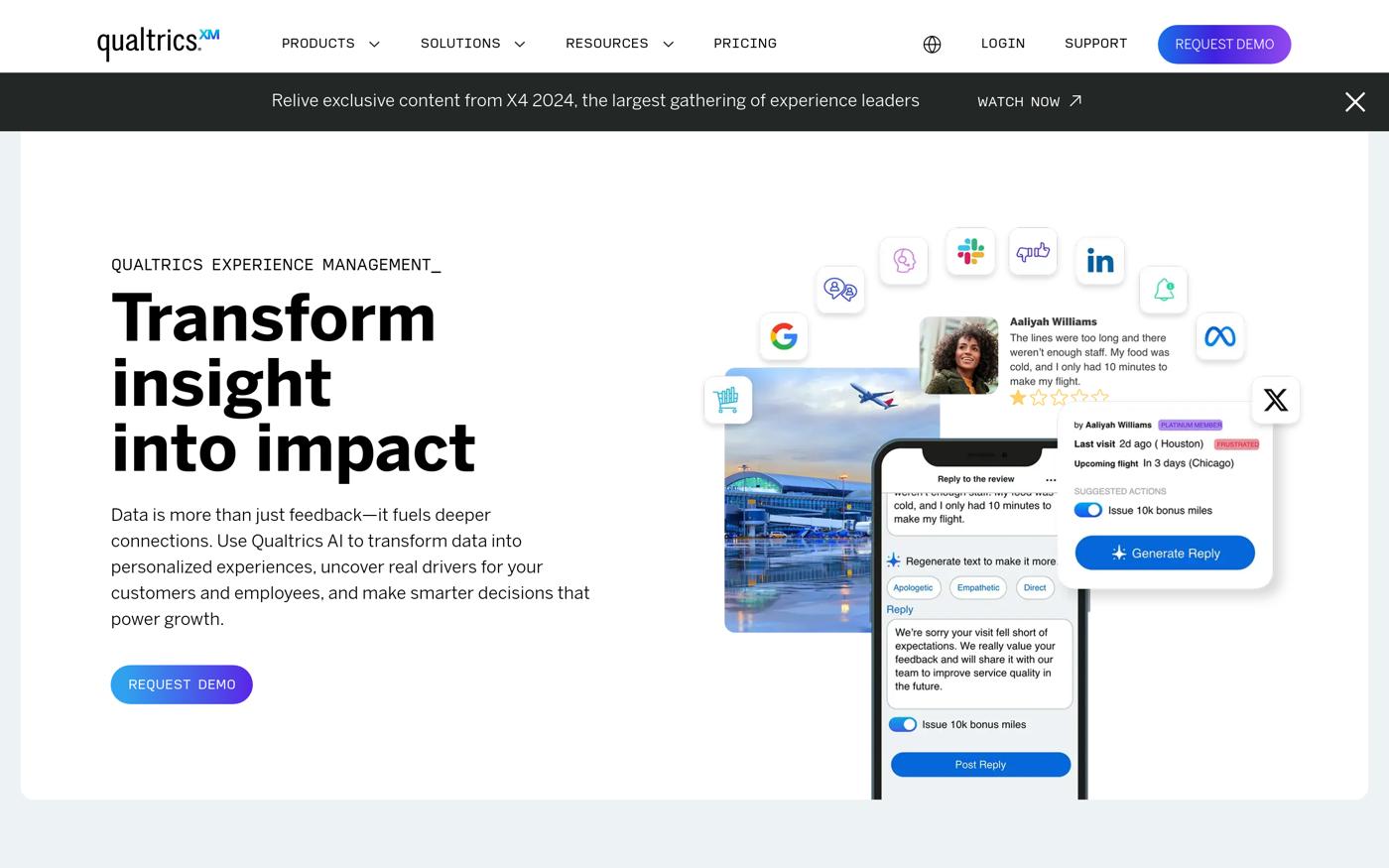
Its powerful analytics tools help businesses improve service quality and customer satisfaction.
Pros
- AI-driven text analytics for deeper insights.
- Comprehensive customer journey mapping capabilities.
- Strong sentiment analysis features.
Cons
- May be overkill for small businesses.
- Pricing information is not publicly available.
Key Features
- AI-driven analytics: Leverage machine learning for accurate sentiment insights.
- Customer journey mapping: Understand the entire customer experience.
- Multi-channel feedback: Capture insights from various communication channels.
Pricing
For pricing, please contact Clarabridge directly via their pricing page.
6. Zonka Feedback
Best for cost-effective survey solutions.
Zonka Feedback provides an AI-powered platform for creating surveys and collecting feedback across multiple channels.

It’s particularly appealing for enterprises looking for an affordable yet powerful VoC tool.
Pros
- Cost-effective solution without compromising on features.
- AI capabilities streamline survey creation.
- Real-time reporting allows for timely decision-making.
Cons
- Limited advanced analytics compared to competitors.
- User interface may feel basic for some users.
Key Features
- AI-powered survey creation: Simplifies the process of building effective surveys.
- Multi-channel feedback collection: Collect insights from various touchpoints.
- Real-time reporting: Access to instant insights into feedback.
Pricing
Zonka Feedback starts at $49/month, making it an affordable choice for many businesses. Check their pricing page for more details.
7. AskNicely
Best for NPS-focused feedback collection.
AskNicely specializes in gathering Net Promoter Score (NPS) data, making it a go-to tool for businesses focused on measuring customer loyalty.
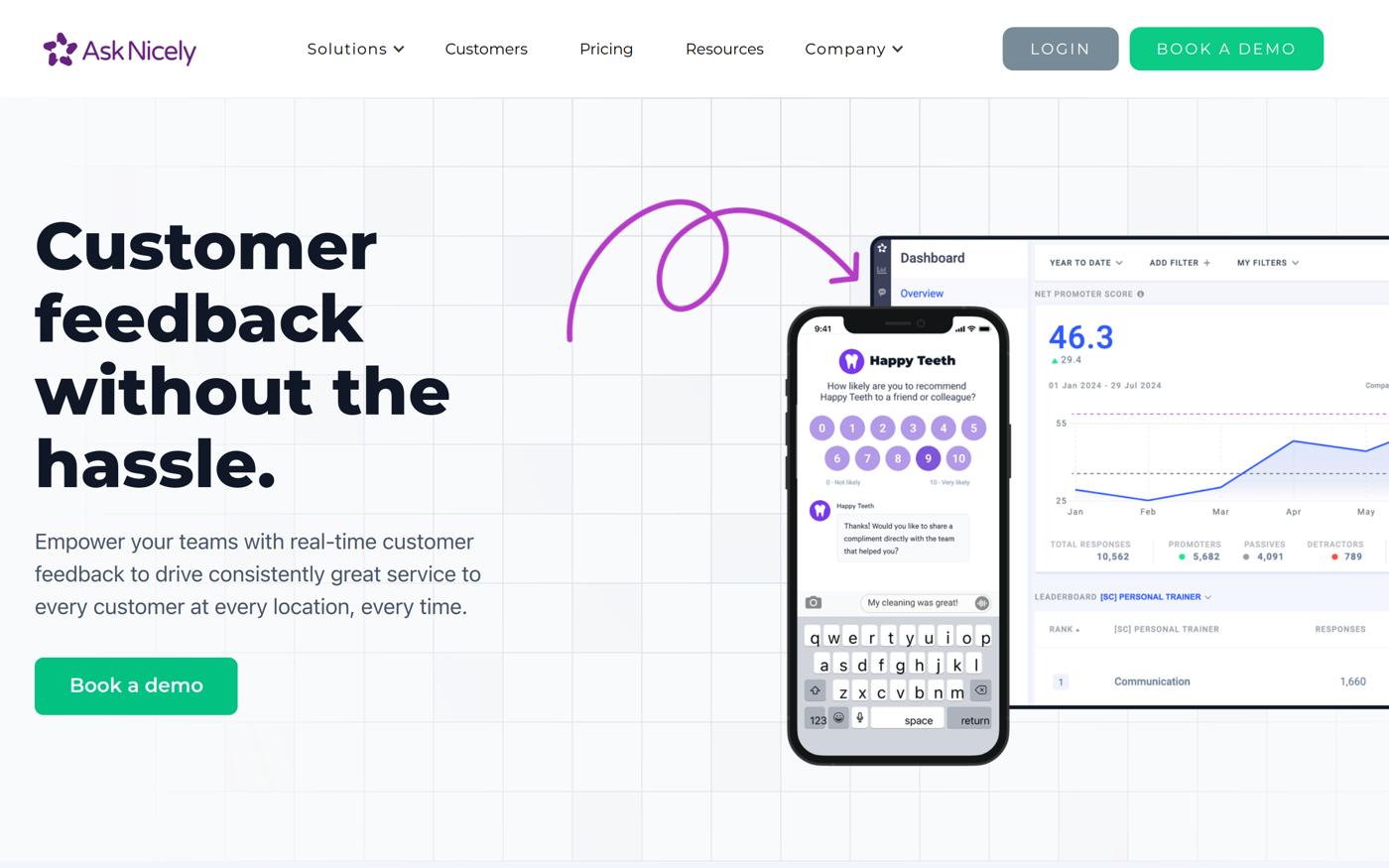
Its integration capabilities allow it to work seamlessly with various CRM platforms.
Pros
- Strong focus on NPS and customer loyalty insights.
- Easy to customize surveys for specific needs.
- Integrates with over 50 platforms.
Cons
- Pricing details are not clearly available.
- Limited features beyond NPS measurement.
Key Features
- NPS-focused feedback collection: Specifically designed for measuring customer loyalty.
- Customizable surveys: Tailor surveys to fit your brand and audience.
- Integrations: Works with popular CRM systems for enhanced functionality.
Pricing
For pricing information, visit AskNicely’s website.
8. CustomerGauge
Best for customer loyalty insights.
CustomerGauge focuses on measuring customer loyalty and retention through NPS and customer feedback.

Its real-time analytics provide businesses with actionable insights to improve customer engagement.
Pros
- Effective NPS measurement tools.
- Real-time analytics enhance responsiveness.
- Strong focus on customer retention strategies.
Cons
- Pricing is not publicly available.
- Some users may find the learning curve steep.
Key Features
- NPS measurement: Gauge customer loyalty effectively.
- Multi-channel feedback collection: Capture insights from various sources.
- Real-time analytics: Access immediate insights to drive improvements.
Pricing
Contact CustomerGauge for pricing details via their website.
9. Sprinklr
Best for social listening and sentiment analysis.
Sprinklr provides a comprehensive platform for social listening and customer engagement analytics.

Its sentiment analysis tools help businesses understand customer opinions across social media channels.
Pros
- Comprehensive social listening capabilities.
- Effective sentiment analysis tools.
- Integration with multiple channels enhances insights.
Cons
- Pricing is often higher than other tools.
- Complexity might be overwhelming for small teams.
Key Features
- Social listening: Monitor customer sentiment across social platforms.
- Sentiment analysis: Gain insights into customer opinions and feelings.
- Multi-channel integration: Works across various communication platforms.
Pricing
For specific pricing details, visit Sprinklr’s website.
10. Forsta
Best for advanced analytics and predictive modeling.
Forsta offers robust analytics and predictive modeling capabilities, helping organizations understand customer needs and improve their services.
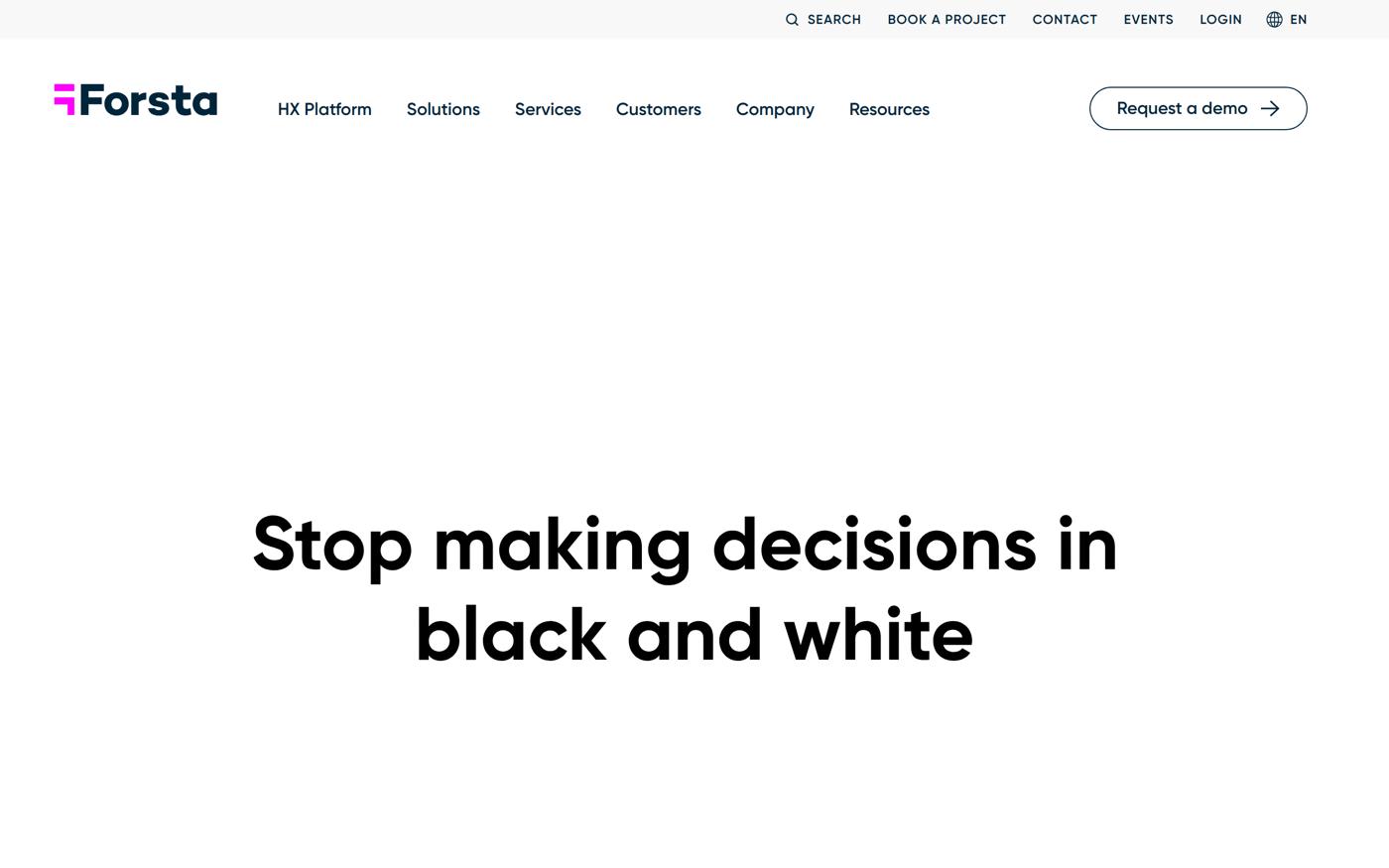
This tool is ideal for businesses looking to leverage data for strategic decision-making.
Pros
- Advanced analytics capabilities for deep insights.
- Predictive modeling helps anticipate customer behavior.
- Multi-channel feedback collection enhances data richness.
Cons
- Pricing information is not publicly available.
- May require a steep learning curve for new users.
Key Features
- Multi-channel feedback collection: Gather insights from various sources effectively.
- Advanced analytics: Use data to drive strategic business decisions.
- Predictive modeling: Anticipate future customer needs based on data trends.
Pricing
For pricing details, please contact Forsta directly through their website.
How to Choose the Right Voice of Customer Tools
Selecting the ideal voice of customer tools depends on your specific requirements and use case. Consider these crucial factors:
- Scalability: Choose a tool that can grow with your business needs.
- Functionality: Ensure the tool offers the features most relevant to your objectives, such as NPS tracking or sentiment analysis.
- Integration: Check how well the tool integrates with your existing systems, such as CRM or analytics platforms.
- Budget Constraints: Evaluate the pricing model to ensure it fits within your budget without sacrificing essential features.
Emerging Trends in Voice of Customer Tools
As we move further into 2024, several trends are shaping the Voice of Customer landscape:
- AI and Machine Learning: The integration of AI is becoming increasingly important for real-time data analysis and sentiment insights. Tools like Medallia and Clarabridge are leading the way in utilizing AI to extract deeper insights from customer feedback.
- Integration with CRM Systems: Seamless integration with CRM platforms is essential for maximizing customer insights. Many VoC tools now offer robust integration capabilities, enabling businesses to leverage existing customer data effectively.
- Focus on Predictive Analytics: Tools that offer predictive analytics are gaining traction, allowing organizations to anticipate customer needs and make proactive decisions.
Making the Right Choice
In conclusion, selecting the right voice of customer tools can significantly impact your organization’s ability to understand and enhance customer experience.
Each of the tools mentioned offers unique features and benefits tailored to different business needs.
We recommend evaluating your specific requirements and exploring the top picks to find the best fit for your organization.
Frequently Asked Questions
Most common questions when choosing the right Voice of the Customer tool.
What are the top Voice of Customer tools in 2024?
Some of the top tools include Medallia, Qualtrics, SurveyMonkey, and InMoment, each offering unique features tailored to customer feedback collection and analysis.
How can VoC tools improve customer satisfaction?
VoC tools enable organizations to gather real-time feedback, analyze customer sentiment, and make informed decisions to enhance the overall customer experience.
What features should I look for in a VoC tool?
Key features to consider include multi-channel feedback collection, sentiment analysis, integration capabilities, and advanced analytics.
How do I analyze customer feedback effectively using VoC tools?
Utilize the analytics features of your chosen tool to categorize and interpret feedback, identify trends, and take actionable steps to improve customer experience.
What are the future trends in Voice of Customer tools?
Future trends include increased reliance on AI for data analysis, enhanced integration with CRM systems, and a stronger focus on predictive analytics to anticipate customer needs.
By understanding these trends and leveraging the right tools, organizations can significantly enhance their customer experience strategies.

